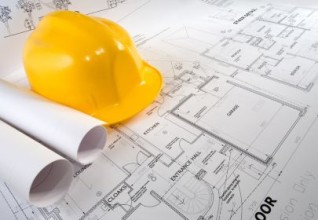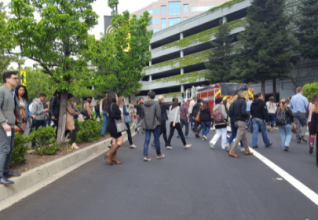
Next steps
After the Grenfell Tower fire in June 2017, there was a focus on removing aluminum composite material (ACM) from buildings over 18 meters. Over time, the focus broadened to take in other types of combustible cladding.
In December 2018 the Government issued Advice Note 14 containing guidance for building owners on the steps to take to tackle non-ACM materials on the external walls of high-rise buildings. Owners were advised to check “general fire precautions” and ensure that external wall systems were “safe”. This can require an intrusive inspection by a qualified individual to check the materials used and how they were installed.
In 2019 mortgage providers began to require assurances about the safety of external wall systems as a condition of approving mortgage applications. There was concern that flats in high-rise blocks wouldn’t represent good security and that owners could be liable for remediation costs.
Surveyors took the view that flats in blocks without a certificate showing compliance with Advice Note 14 had a value of £0 or significantly less than the asking price. An increasing number of mortgage applications were rejected; sales started to fall through.
Working group
In response, the Royal Institution of Chartered Surveyors (RICS) led a cross-industry working group to consider best practices in the reporting and valuation of tall buildings within the secured lending arena with a view to agreeing on a new standardised process.
The EWS1 process was agreed upon by the industry in December 2019 – it is described as an “industry-wide valuation process which will help people buy and sell homes and re-mortgage in buildings above 18 metres (six storeys).”
If you have any questions please do not hesitate to contact us at 02922 800 000 or enquiries@ligtas.co.uk
Download the Ligtas guidance here
Download


